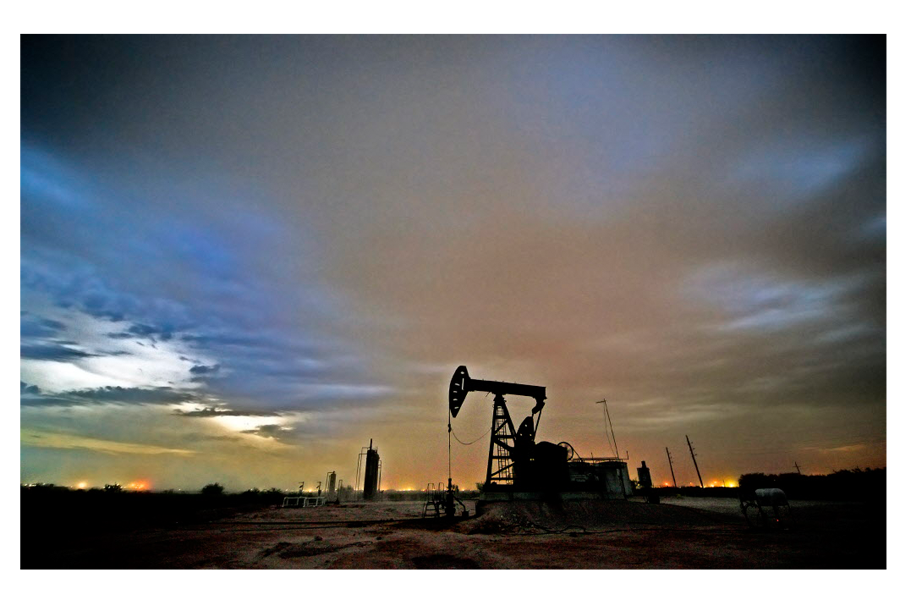What would happen if we burned all of the world’s fossil fuels?
Loading...
What would the world look like if we burned all of the world's available oil, coal, and natural gas?
According to a study published this week in the journal Science Advances, it wouldn't be pretty. The entirety of Antarctica's ice sheet would melt into the ocean, raising sea levels by between 50 and 60 meters. Metropolises that define our civilization, including New York, Tokyo, Hong Kong, and Shanghai, would become underwater archaeological sites, with sea levels continuing to rise for at least another 100 centuries.
"This would not happen overnight," Ricarda Winkelmann, lead researcher for the study, said in a press release, "but the mind-boggling point is that our actions today are changing the face of planet Earth as we know it, and will continue to do so for tens of thousands of years to come."
In this study, the first to project the effects of completely unrestrained fossil-fuel emissions on Antarctica's ice sheet, Dr. Winkelmann calculated effects of positive feedback mechanisms, such as ice instability, that may accelerate the melting, as well as negative ones, such as snowfall, that may offset it.
Despite the many variables and imperfect datasets, the researchers expressed confidence in their conclusions, even though they could not give a precise timeline.
"It is much easier to predict that an ice cube in a warming room is going to melt eventually than it is to say precisely how quickly it will vanish," Winkelmann explained.
The researchers relied on estimates that all of the world's available fossil fuel reserves are equivalent to 10,000 billion tons of carbon dioxide. By comparison, humanity collectively emits about 32 billion tons of CO2 each year, according to the US Energy Information Association.
"The idea was to compute what we have already started by emitting greenhouse-gas emissions from burning coal or oil – and to analyze where that will take us in the future," says co-author Ken Caldeira of the Carnegie Institution for Science at Stanford University.
The world's industrialized nations, as well as several developing countries, came together in Copenhagen in 2009 in an attempt to work out a successor agreement to the 1992 Kyoto Protocol. The talks were widely seen as a failure, but the delegates did manage to agree, in a non-binding fashion, on "the scientific view that the increase in global temperature should be below 2 degrees Celsius" above preindustrial levels.
As environmentalist Bill McKibben pointed out in an influential 2012 piece for Rolling Stone magazine, titled "Global Warming’s Terrifying New Math," the planet has already warmed 0.8 degrees, and the carbon dioxide we have already emitted is set to warm it another 0.8, which means that, even without burning another hydrocarbon molecule, we are three-quarters of the way to our limit.
Another 565 billion tons more, Mr. McKibben writes, and we are likely to meet the two degree threshold. We are on pace to burn this amount in the next 16 years.
What's more, McKibben points out, the proven coal and oil and gas reserves owned by fossil-fuel companies amount to 2,795 billion tons of carbon emissions, or five times the limit.
"We have five times as much oil and coal and gas on the books as climate scientists think is safe to burn," he writes. "We'd have to keep 80 percent of those reserves locked away underground to avoid that fate."
Winklemann's study broadly confirms McKibben's assessment, noting that, to avoid a 2-degree warming, cumulative global emissions need to be restricted to about 600 billion tons.





